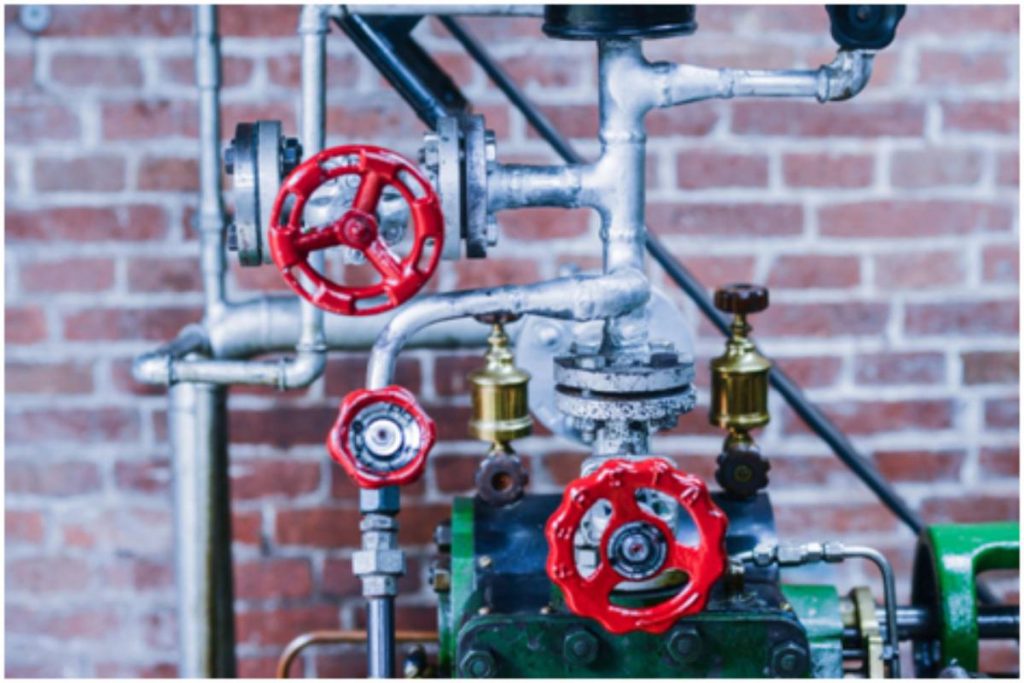Confuse about valve types? Don’t know where to start? In this post, you will find all you need to know about the variety of valves. Also, we will discuss various applications they are used for. More importantly, this complete guide will help you determine every aspect before making a valve purchase.
When it comes to working with valves, the very last thing that may happen as per an engineer or operator’s wish is a failing valve. While working in a field, whether industrial or residential, a failing valve can cause tremendous harm in many ways.
To avoid any major issues, is it important to choose the best valve for the right system. It must work perfectly under the specified conditions. Only then you will be able to avoid any financial or medical emergency.
In this article, you’ll learn what these valves are, their various parts, the different types, and the working of the valves to regulate fluid flow.
Table of Contents
What Is a Globe Valve?
In simple words, globe valves define as linear motion valves. These valves are used to control liquid or gas via a pipe. They work by regulating the flow of a liquid, by either starting or stopping it completely. They were given this name for their spherical body shape having the two halves of the body. These halves are separated by an internal baffle.
Globe valves are used in a wide variety of industries. Some of the top ones include petrochemicals, pharmaceuticals, aerospace, and shipbuilding. In short, globe valves are a vital part of any machine-based industry. No matter what industry type you work in, a globe valve symbol will show as a colored circle with two triangles on either side. You will see this on a P&ID.
Various Parts of a Globe Valve
A globe valve has a number of key parts that are different from a China ball valve. Below we have discussed the main parts of a globe valve:
- Bonnet: The outer part of the valve call the bonnet. It is responsible for encompassing other parts of the globe valve.
- Cage: The next major part of a valve is the cage. It surrounds the stem present within the valve.
- Stem: The stem is responsible for connecting the disk to the handwheel of the valve actuator hence transmitting the force.
- Disk (Plug): It is another important part of the globe valve that moves perpendicular to the seat. In simple words, it is the moveable physical barrier that functions by blocking (or freeing) the flow. The closed position, this disk sits against the seat hence, plugging the flow. In the open position, the disk sits right above the seat. This position allows liquid to pass.
- Seat (Seat ring): The seat of the valve provides the seal between the stem/disk and bonnet. The sealing effect takes place when the disk tightly press against it. The seat ring is either integrate or it may screwe into the globe valve itself.
The Working of the Globe Valve
Technically the globe valves are controlled by an automatic actuator. This actuator works by regulating the flow due to the disk movement perpendicular to the seat. Globe valves are capable of controlling the fluid flow either manually or automatically.
The right angles of the globe valve will produce less leakage when compared to the gate valve. When the valve turn in a clockwise motion the disk of the valve lowers to the seat. As a result, the liquid path gets physically obstruct. This happens by reducing it or completely blocking while depending on how low the disk moves.
On the other hand, when the valve moves in a counterclockwise motion, the disk raises. As a result, you see an increase in the liquid flow. It may also allow full flow of the liquid.
Types of Globe Valves
The market is full of variety when it comes to globe valve types and designs. Each design and type comes with its own pros and cons.
Globe Valve Arrangement Types Based on Fluid Flow
If you are looking for a quick opening valve, disks that close against the direction of the fluid flow are the best option. In another case, if you need a quick-closing valve, disks that close with the direction of the fluid flow are the best choice.
Ball vs. Needle Disk Types
Features like the type of valve disk vary according to the situation it uses in. For example, ball disks said to an ideal choice in the case of low-temperature and pressure systems. Especially in comparison with the needle disk.
Z vs. Y Globe Valves
The Z type of globe valve is the most common type you will ever find. In this variety of globe valves, the disk and seat sit at 90° (perpendicular) to the pipe axis. But this often results in a drop in head effect.
For the purpose of getting around this high-pressure loss, a number of engineers designed the Y type of globe valve. In this valve type, the stem and seat of the valve seat at 45° to the pipe axis. This is the main difference between the two types of globe valves.
Take Away
Whether you’re looking for a specific globe valve or confused about its type, we hope this guide will clear out all your doubts. Research is the best option when it comes to purchasing high-quality products and technical resources. With a lack of adequate information, you might end up buying the wrong product and regretting the decision.
To make the selection process easy for you, we have assembled this post keeping legit aspects in mind. Once you read and understand the guide thoroughly, you are good to bring the best globe valve types home!

